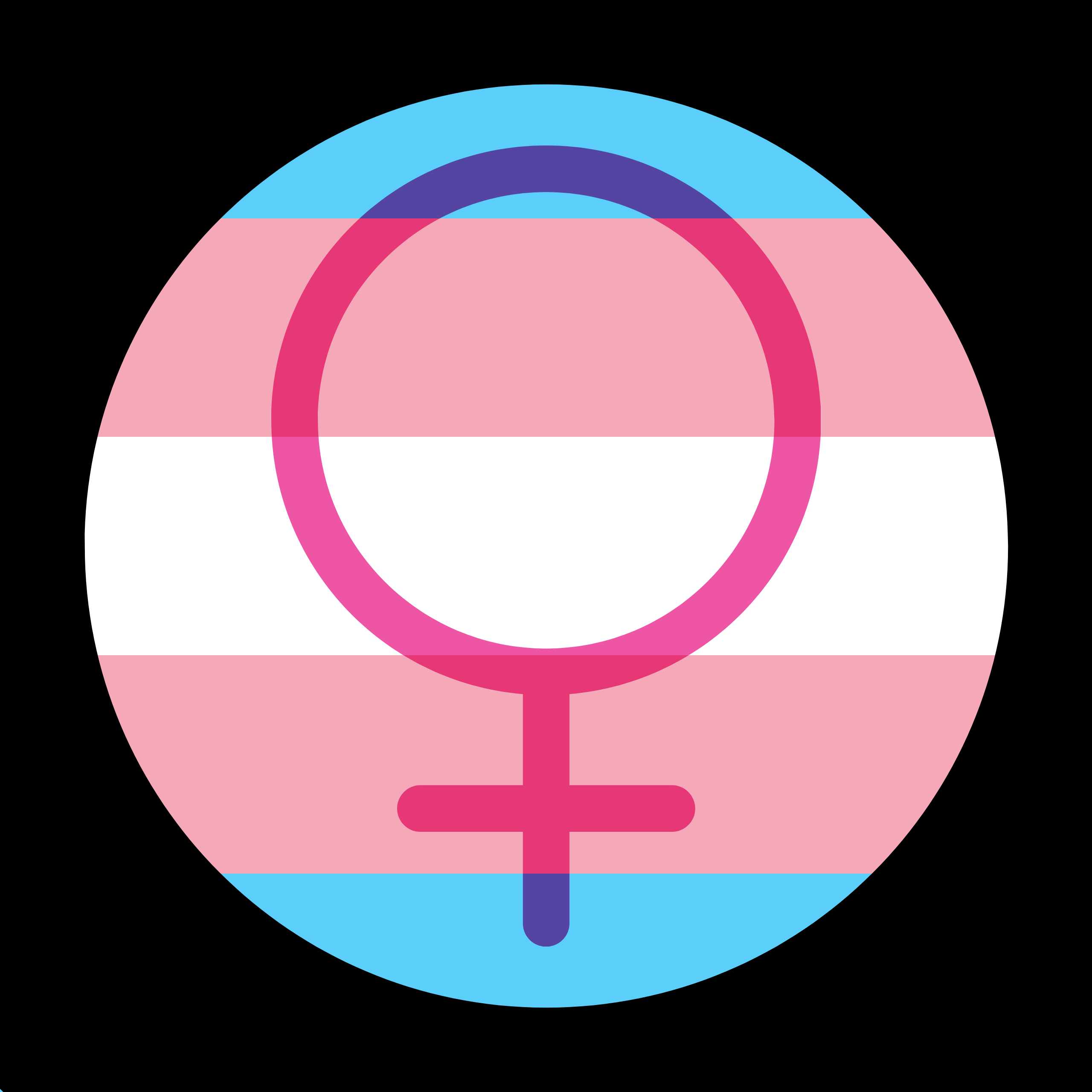Thought this was an interesting case study:
- 66 year old trans woman
- started HRT at 54 years old
- had vaginoplasty at 57 years old
- family history of prostate cancer
- had elevated PSA levels & symptoms (including incontinence), was referred to urology
- “transvaginal prostate exam was normal, with no palpable nodularity, asymmetry, or tenderness”
- biopsy confirmed prostate cancer
- surgery through the neovaginal canal failed due to the canal being too narrow, they had to go in laparoscopically (looks like through the outer labia?)
- closure of the wound shortened the vaginal depth, but didn’t reduce width, and patient was able to eventually resume penetrative sex after recovering
- incontinence was never solved, she remained unable to control her urine (possibly due to damage to urethral sphincters)
Also felt this was important to share:
Prostate cancer screening in the TGD population remains an important part of their routine healthcare. The Endocrine Society and the World Professional Association for Transgender Health recommend that transfeminine patients should follow the same prostate cancer screening recommendations as cisgender men;12,13 however, patients on GAHT and who have undergone a bilateral orchiectomy will be androgen-deprived. Therefore, PSA levels will decrease significantly to undetectable levels, and reported values need to be interpreted in this context.1,4 In such cases, where prostate cancer is diagnosed after GAHT, tumor aggressiveness and possible unique driver mutations should be considered with further IHC and WGS testing. Furthermore, prostate examinations can be performed intravaginally for screening after PIV but may be impeded if the neovaginal depth is <13 cm or if there is increased tissue rigidity of the neovagina.14 Ultrasonography and prostate biopsy, if needed, can also be performed through a transvaginal approach.
Prostate cancer risks are vastly diminished for trans women who maintain low testosterone levels, over a twofold decrease.
(For pre/no-op women, testicular cancer rates are not lowered, however.)



yes, WPATH recommendations are currently to have trans women still undergo prostate cancer screening like cis men - at 50 you get the digital rectal exam and PSA levels checked.
If you have a neovagina, they palpate the prostate through the neovagina.
Good to know! I heard you do that at 40. A bit unrelated, but since we’re talking ages, is there an ideal age for a double orchiectomy? You’ve presumably already had it done, but in the back of my mind there is a possibility of global collapse and I’ll need strong bones to survive, even without medication. I was thinking of timing it with an early menopause to minimize the risk of harm in that scenario, but maybe earlier is better.
to my mind there is no reason to wait for an orchi, ASAP is best - it allows trans women to go off anti-androgens and the risks and side effects from them, or in the case of monotherapy it allows lowering estrogen dose to more normal levels (also reducing risk). This also saves money and like you said reduces the possibility of forced detransition or accidental detransition due to supply chain problems or political instability.
Preventing cancer is one of the least reasons I can think of to get an orchi, but I don’t know enough about testicular cancer to weigh in on that.
edit: and yes, I had an orchi, and I highly recommend it
edit2: 50 years is when screening starts for men with average risk, but for those with higher risk it can start as early as 40 (but that’s not typical for most men)
What if you think you want children but aren’t sure and currently have no partners who would want them but you never know in the future, and you left it until you got on HRT to figure out whether to back up reproductive cells or not, but that would mean coming off of HRT?
Thank you, you’ve given me a lot to think about.